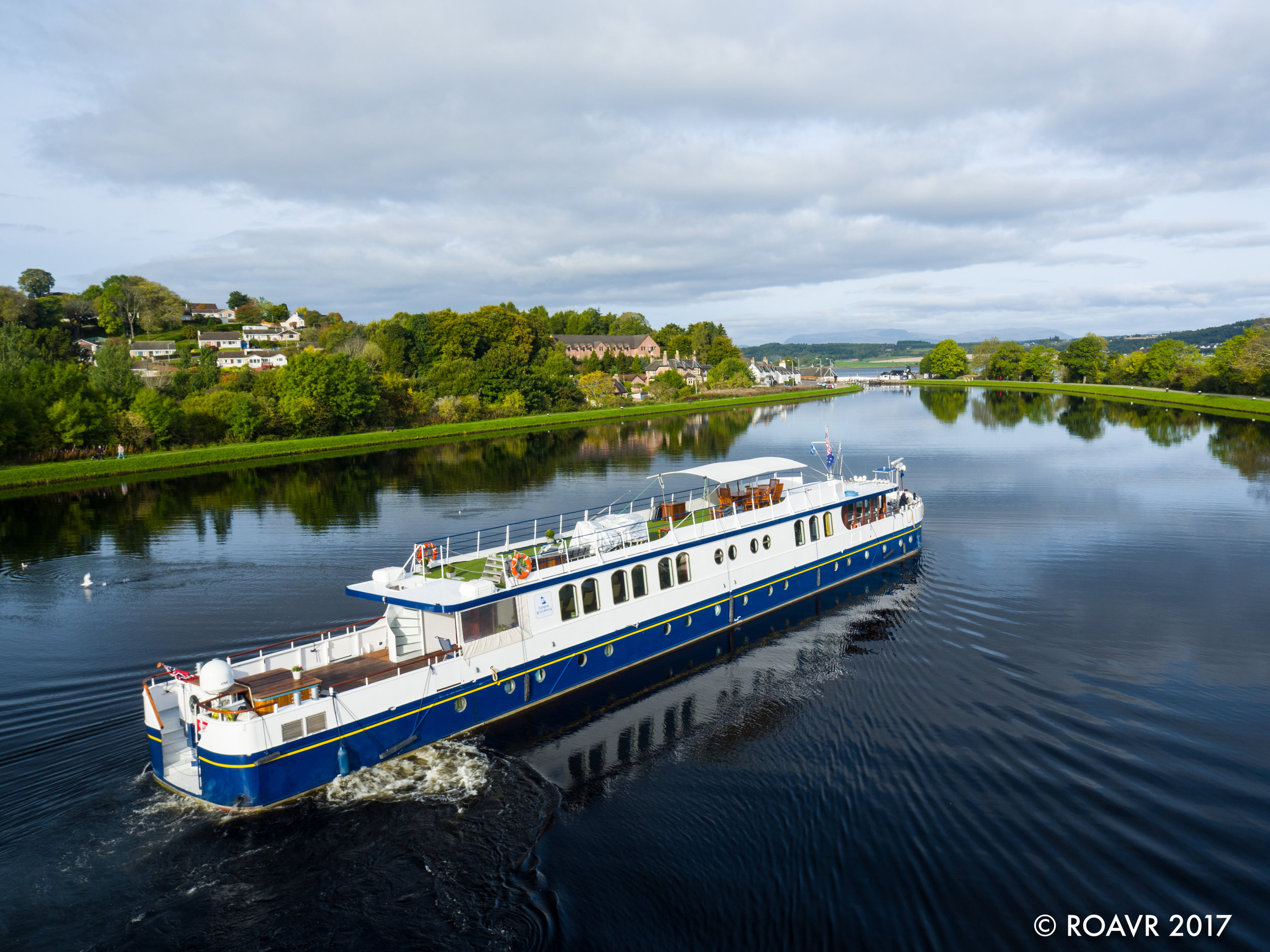Culloden Battlefield, Clava Cairns, Kessock Bridge, Inverness and the Moray Firth from Saddle Hill at Clava. Easter 2018.
Culloden Moor, Sunset, Easter Sunday, March 2018.
Culloden Battlefield, Clava Cairns, Kessock Bridge, Inverness and the Moray Firth from Saddle Hill at Clava. Easter 2018.
Culloden Moor, Sunset, Easter Sunday, March 2018.
The magnificent Loch Ness. Known across the world but actually one of the least impressive Scottish freshwater Lochs in our opinion. And we have seen a fair few now!
Loch Ness is a large, deep, freshwater loch in the Scottish Highlands extending for approximately 23 miles southwest of Inverness. Its surface is 16 metres (52 feet) above sea level. Loch Ness is best known for alleged sightings of the cryptozoological Loch Ness Monster, also known affectionately as "Nessie".
It is connected at the southern end by the River Oich and a section of the Caledonian Canal to Loch Oich. At the northern end there is the Bona Narrows which opens out into Loch Dochfour, which feeds the River Ness and a further section of canal to Inverness. It is one of a series of interconnected, murky bodies of water in Scotland; its water visibility is exceptionally low due to a high peat content in the surrounding soil.
Loch Ness is the second largest Scottish loch by surface area at 22 sq miles after Loch Lomond, but due to its great depth, it is the largest by volume in the British Isles. Its deepest point is 230 m; 755 ft making it the second deepest loch in Scotland after Loch Morar. A 2016 survey claimed to have discovered a crevice that pushed the depth to 271 m (889 ft) but further research determined it to be a sonar anomaly. It contains more fresh water than all the lakes in England and Wales combined and is the largest body of water in the Great Glen, which runs from Inverness in the north to Fort William in the south.
Loch Ness - Looking northeast.
An expansion of the Caledonian Canal close to its northeastern termination, the Muirtown Basin lies between Clachnaharry and Muirtown a mile northwest of Inverness city centre.
Planned in the early 19th century as a second harbour for the city by the canal's engineer Thomas Telford, it could not cope with the size of ships which were soon in use and thus never fulfilled its potential. It now serves as a marina. Immediately to the south of the basin are the Muirtown Locks, a flight of four locks on the Caledonian Canal at Muirton. The Muirtown Swing Bridge crosses the canal immediately to the north.

Muirtown Locks.
Spirit of Scotland is an elegant hotel barge with extensive public areas inside and out that are perfect from which to admire the breathtaking Highlands scenery in comfort as she cruises the Caledonian Canal and the lochs of the Great Glen.
Although purpose-built less than twenty years ago as a hotel barge, her style evokes that of the traditional steamers that plied the lochs of Scotland in times gone by.
Accommodating up to 12 passengers in comfort, her interior features a bright and spacious saloon and dining area with picture windows, a separate bar, and an integral forward wheelhouse giving views of the cruise route ahead. The 6 air-conditioned cabins offer a choice of twin or double beds and are complemented by well-designed en suite shower rooms.
Outside, there are separate areas where you can relax on a recliner, or perhaps in the heated spa pool, as well as a covered dining terrace. And the large upper sun deck is the ideal place to admire the dramatic backdrop as you cruise on deep-water lochs such as Loch Oich and past historic landmarks along the way.
https://www.europeanwaterways.com

Spirit of Scotland

Muirton Basin - Inverness